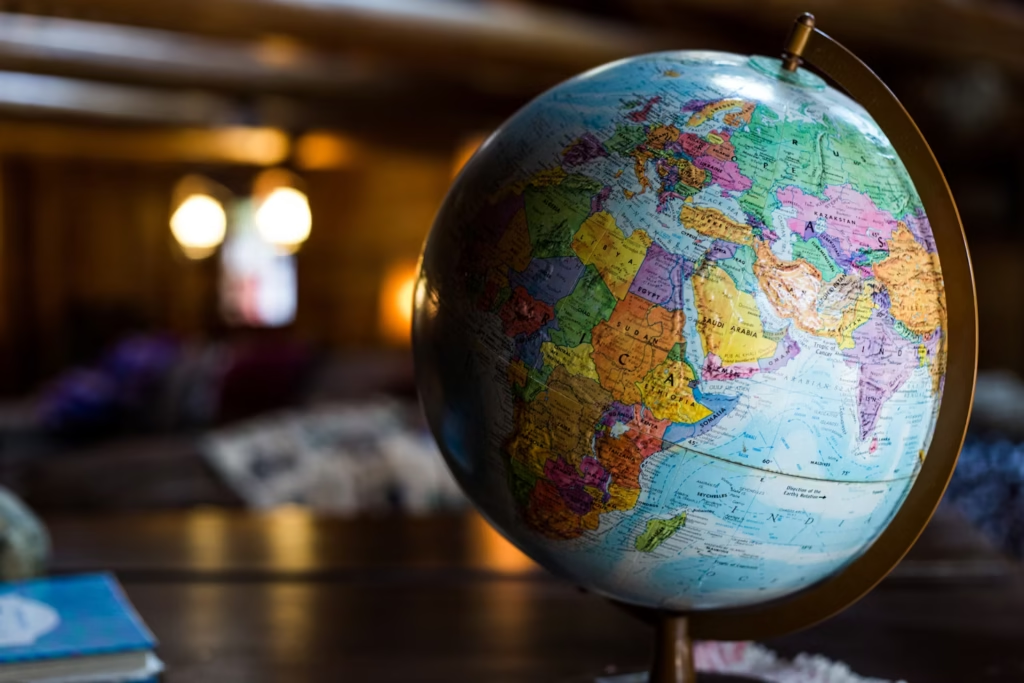Global Trade in the 21st Century: Trends and Transformations
Introduction:
Global trade has evolved dramatically over the past few decades, driven by technological advancements, shifting geopolitical dynamics, and changes in consumer demand. In this post, we examine the current state of global trade, key trends shaping the future, and the challenges that businesses face in navigating this complex landscape.
Key Trends Shaping Global Trade:
Digitalization and E-commerce: The rise of e-commerce and digital platforms has transformed the way businesses engage in international trade. Companies now have access to global markets without the need for physical presence, enabling faster transactions and more efficient supply chains.
Trade Liberalization and Protectionism: While many countries have moved towards trade liberalization through agreements like the WTO, protectionist policies are on the rise in some regions. Tariffs, quotas, and trade wars have emerged as tools used by governments to protect domestic industries.
Supply Chain Reconfiguration: The COVID-19 pandemic exposed vulnerabilities in global supply chains, prompting companies to rethink sourcing and manufacturing strategies. There’s a shift towards more localized supply chains or diversifying suppliers to reduce dependence on a single country or region.
Challenges Facing Global Trade:
Geopolitical Tensions: Ongoing trade disputes, such as those between the U.S. and China, have disrupted global trade flows. Sanctions, tariffs, and trade barriers can increase the cost of goods and services and limit market access for companies.
Regulatory Differences: Each country has its own set of rules and regulations regarding trade. Navigating these complexities can be difficult, especially in sectors like food, pharmaceuticals, and technology, where compliance with local laws is essential.
Environmental and Sustainability Concerns: The environmental impact of global trade, including carbon emissions from transportation, is under increasing scrutiny. Governments and consumers alike are demanding more sustainable practices, which could reshape global trade norms.
The Future of Global Trade:
The future of global trade will likely be shaped by advancements in artificial intelligence, blockchain technology, and data analytics. These innovations promise to streamline transactions, improve transparency, and reduce inefficiencies. Additionally, trade policies may evolve as nations adapt to changing geopolitical realities and environmental pressures.
Conclusion:
Global trade is undergoing significant transformation, driven by digitalization, shifting political climates, and new consumer expectations. While challenges remain, businesses that can adapt to these changes and leverage emerging technologies will be well-positioned for success in the global economy.

